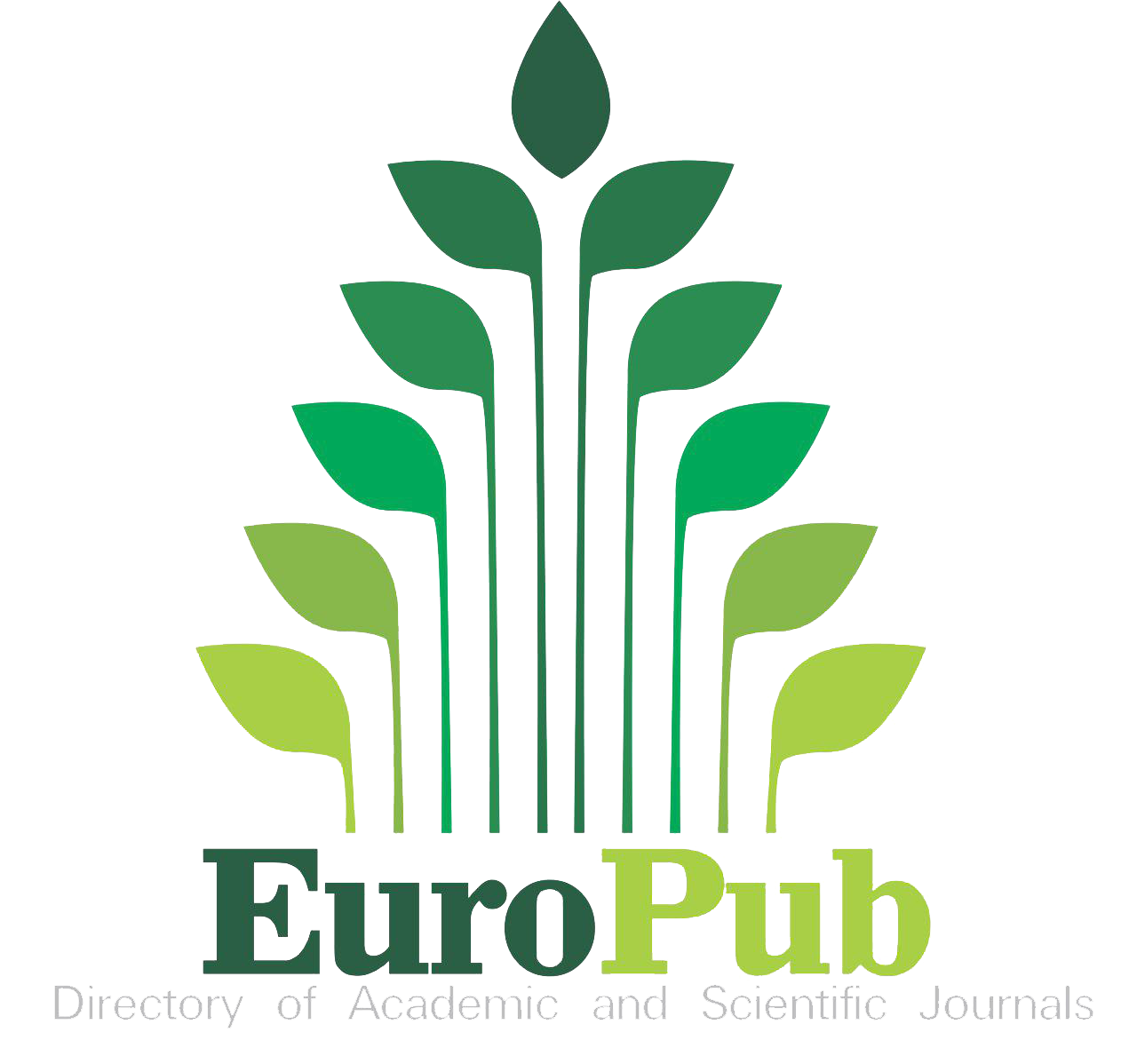Readability analysis of teaching materials of English courses class 2 and 6 elementary school
DOI:
https://doi.org/10.56724/ladu.v2i3.120Keywords:
textbooks, learning media, readability, webfxAbstract
Background: Textbooks are one of the learning media used by elementary school students. Textbooks function to support teachers in the learning process and become a source of knowledge for students in following the learning process. Books as teaching materials are books that contain various subject matter produced by an author based on the applicable curriculum and serve as guidelines for teachers and students in the learning process.
Purpose: This study focuses on the study to describe the level of readability of teaching materials adapted to children's cognition.
Design and methods: The method used is a qualitative method with data analysis of readability text on webfx . The data used as a source in this study is in the form of text contained in teaching materials for English lessons for grades 2 and 6..
Results: Based on the results of the readability text on webfx , only a book with the title Knowing Kinds of Animals Using the Game "Card Hunting" is intended for grade 4 according to with the level of child cognition intended for grade 2, the age range of 8-9 years shows conformity, meaning that it is easy to understand. With an average readability of about 82 out of 100%. That textbook Easy to understand by 8 to 9 years old. Because one of the characteristics of a good textbook can be analyzed from the use of its structure and linguistic symbols. This means that all the information contained in the text book can be easily understood by readers or children at their age.
Downloads
References
Fatin, I., & Yunianti, S. (2019). KUALITAS BAHAN AJAR KETERBACAAN BERORIENTASI DIRECT INSTRUCTION. BELAJAR BAHASA, 4(1), 41. https://doi.org/10.32528/bb.v4i1.1866 DOI: https://doi.org/10.32528/bb.v4i1.1866
Hidayat, A. (2014). Analisis Keterbacaan Buku Dwibahasa seri Mengenal Hewan: Cerita Si Laba-laba. Wanastra: Jurnal Bahasa Dan Sastra, 6(2), 11–18. https://doi.org/10.31294/w.v6i2.3829
Miarso, Y. (2004). Menyemai benih Teknologi Pendidikan. Kencana.
Rahmawati, G. (2016). BUKU TEKS PELAJARAN SEBAGAI SUMBER BELAJAR SISWA DI PERPUSTAKAAN SEKOLAH DI SMAN 3 BANDUNG. Edulib, 5(1). https://doi.org/10.17509/edulib.v5i1.2307 DOI: https://doi.org/10.17509/edulib.v5i1.2307
Supriadi, R., & Fitriyani, N. (2021). ANALISIS KESESUAIAN BUKU TEKS BAHASA ARAB BERBASIS KETERBACAAN MENGGUNAKAN KETENTUAN FOG INDEX. Arabi : Journal of Arabic Studies, 6(1), 105. https://doi.org/10.24865/ajas.v6i1.232 DOI: https://doi.org/10.24865/ajas.v6i1.232
Tafonao, T. (2018). PERANAN MEDIA PEMBELAJARAN DALAM MENINGKATKAN MINAT BELAJAR MAHASISWA. Jurnal Komunikasi Pendidikan, 2(2), 103. https://doi.org/10.32585/jkp.v2i2.113 DOI: https://doi.org/10.32585/jkp.v2i2.113
Downloads
Published
How to Cite
Issue
Section
License
Copyright (c) 2022 Sinta Dewi, Nuryansyah Adijaya

This work is licensed under a Creative Commons Attribution 4.0 International License.
Authors who publish with this journal agree to Copyright notice.














